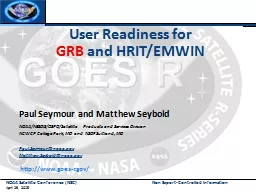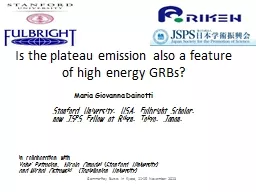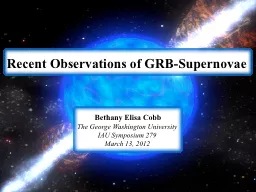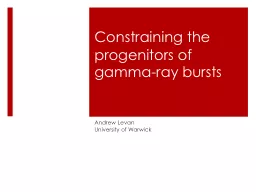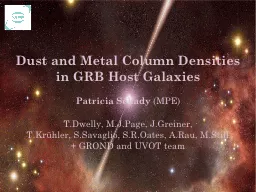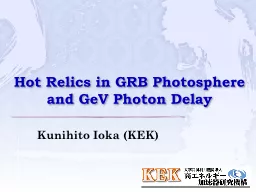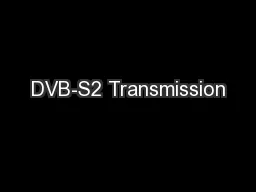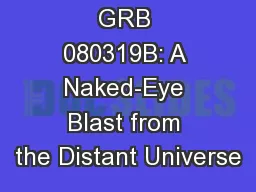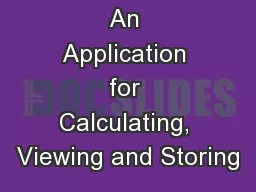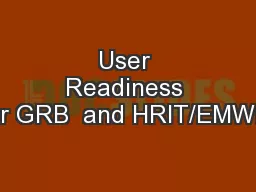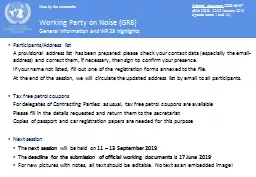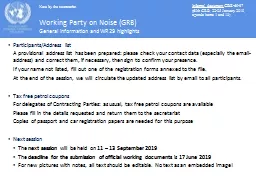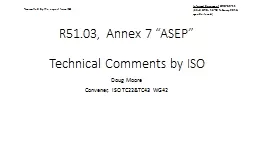PPT-User Readiness for GRB
Author : debby-jeon | Published Date : 2020-01-22
User Readiness for GRB and HRITEMWIN Paul Seymour and Matthew Seybold NOAANESDISOSPOSatellite Products and Services Division NCWCP College Park MD and NSOF Suitland
Presentation Embed Code
Download Presentation
Download Presentation The PPT/PDF document "User Readiness for GRB" is the property of its rightful owner. Permission is granted to download and print the materials on this website for personal, non-commercial use only, and to display it on your personal computer provided you do not modify the materials and that you retain all copyright notices contained in the materials. By downloading content from our website, you accept the terms of this agreement.
User Readiness for GRB: Transcript
Download Rules Of Document
"User Readiness for GRB"The content belongs to its owner. You may download and print it for personal use, without modification, and keep all copyright notices. By downloading, you agree to these terms.
Related Documents

